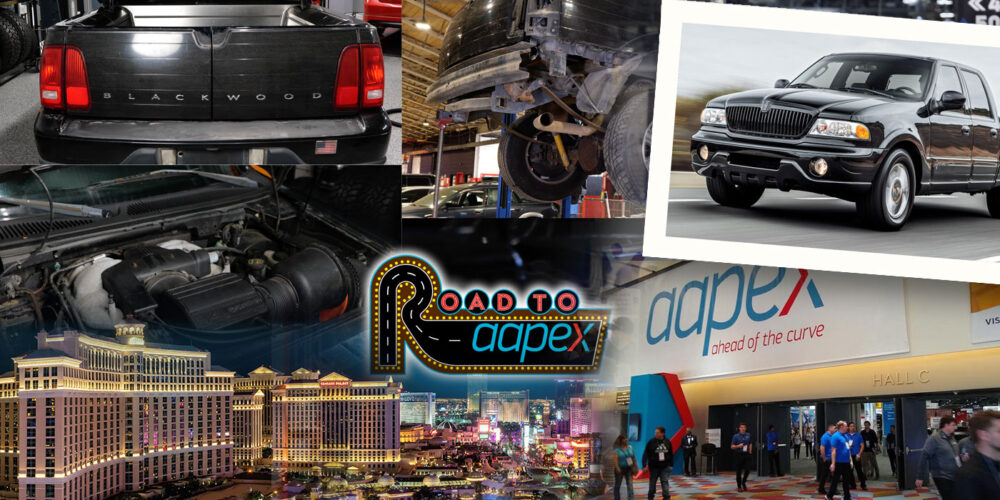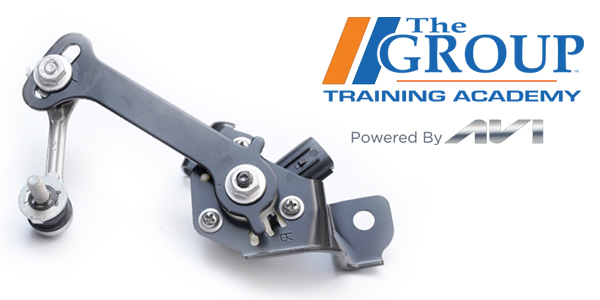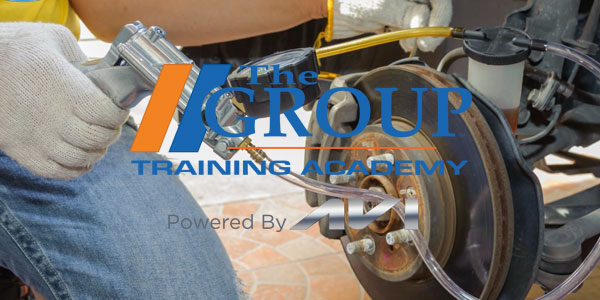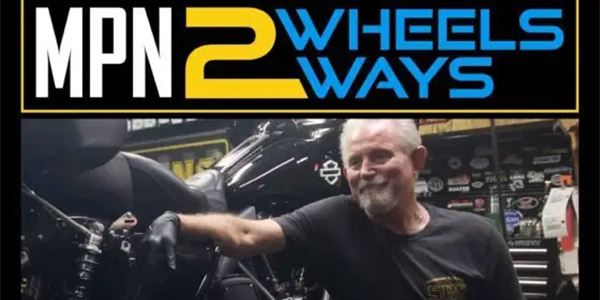many Lincoln Blackwoods exist in the world. For comparison, the Ford F-150—the Blackwood’s inspiration—has spawned more than 40 million since its launch in 1948. Guess which one is harder to track down parts for.
Babcox Media’s Joe Keene, an ASE-certified technician, has tracked down his fair share of elusive parts, but fixing up a Lincoln Blackwood for a cross-country drive on the Lincoln Highway to AAPEX 2023 is on another level. While the Blackwood shares many components with its sibling, the Lincoln Navigator, it’s those one-of-a-kind parts that make restoration a test of wills. Need a part for the signature tonneau cover? Good luck. Hoping to replace that distinct front fascia? Better have a network of salvage yards on speed dial. Luckily, Joe has the power of the automotive aftermarket behind him.
To track down parts, Joe reconnects with a few aftermarket professionals that helped him restore a 33-year-old Cadillac Brougham for last year’s Road to AAPEX and scours the digital universe.
Watch the video above to follow Joe on his quest for the parts that will propel his 2,200-mile journey from Akron, Ohio, to Las Vegas for AAPEX 2023.
This episode of Road to AAPEX was presented by Transtar Autobody Technologies Inc.














